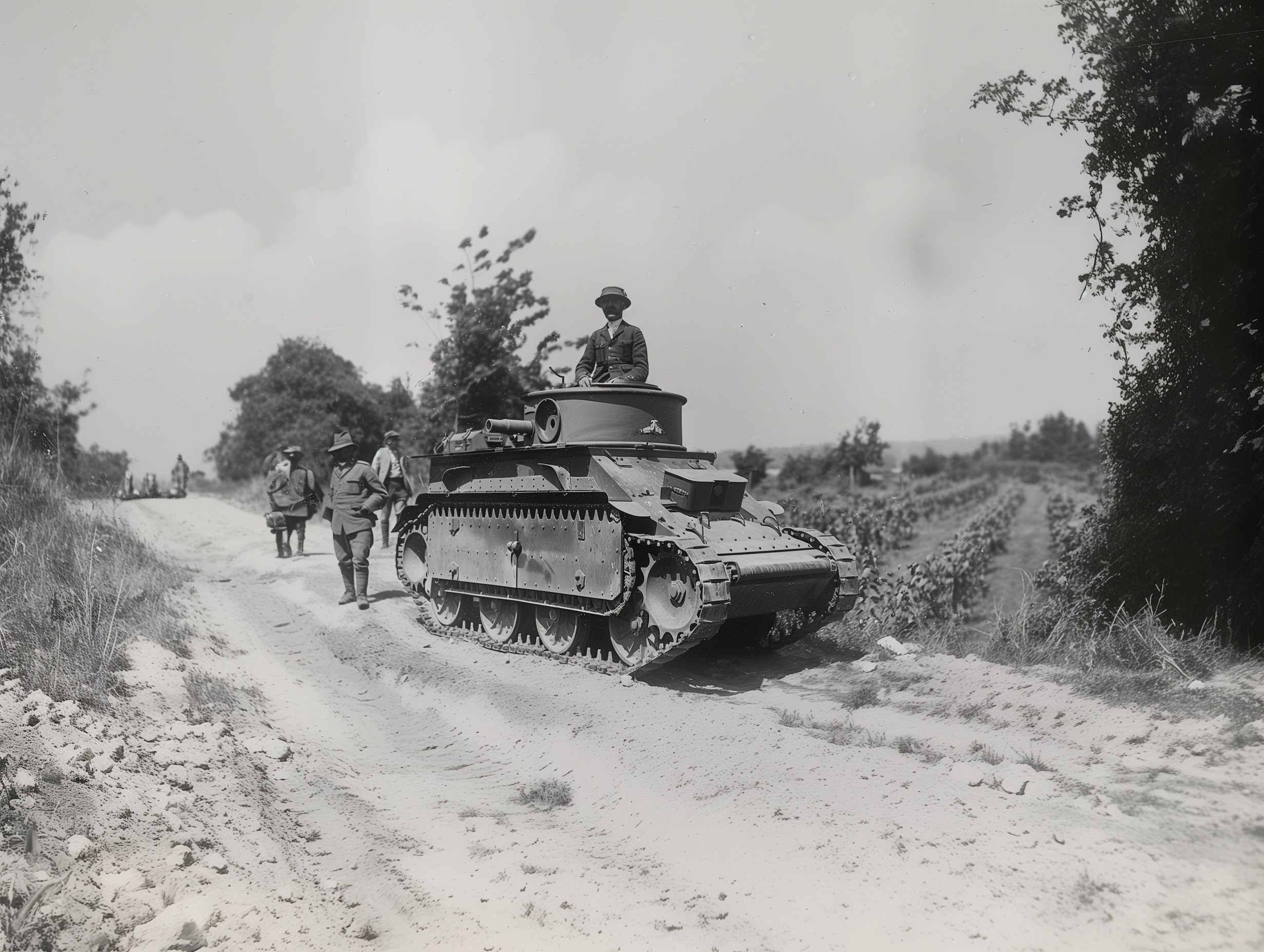25 Pounder Field Gun Map
The 25 pounder field gun, officially known as the Ordnance QF 25 pounder, was a mainstay of British and Commonwealth artillery units during World War II. This versatile piece of artillery was used in various roles, from direct fire support to indirect bombardment, across multiple theaters of war.
Design and Features
Introduced in the late 1930s, the 25 pounder was designed to replace both the 18 pounder and the 4.5 inch howitzer. It fired a 25-pound shell, hence its name, and was capable of a wide range of fire, from high-angle lobbing shots to direct fire at enemy tanks and fortifications. Its mobility, reliability, and effectiveness made it one of the most respected and widely used artillery pieces of the Second World War.
Operational Use
Throughout the war, the 25 pounder saw action in various campaigns, including the North African desert, the jungles of Burma, and the beaches of Normandy. Its adaptability to different climates and terrains, along with the skill of its crews, contributed to its success on the battlefield.
Legacy
After the war, the 25 pounder remained in service with many countries, undergoing modifications and updates. It left a lasting legacy as one of the most effective artillery pieces of the 20th century, remembered for its crucial role in numerous military engagements.

